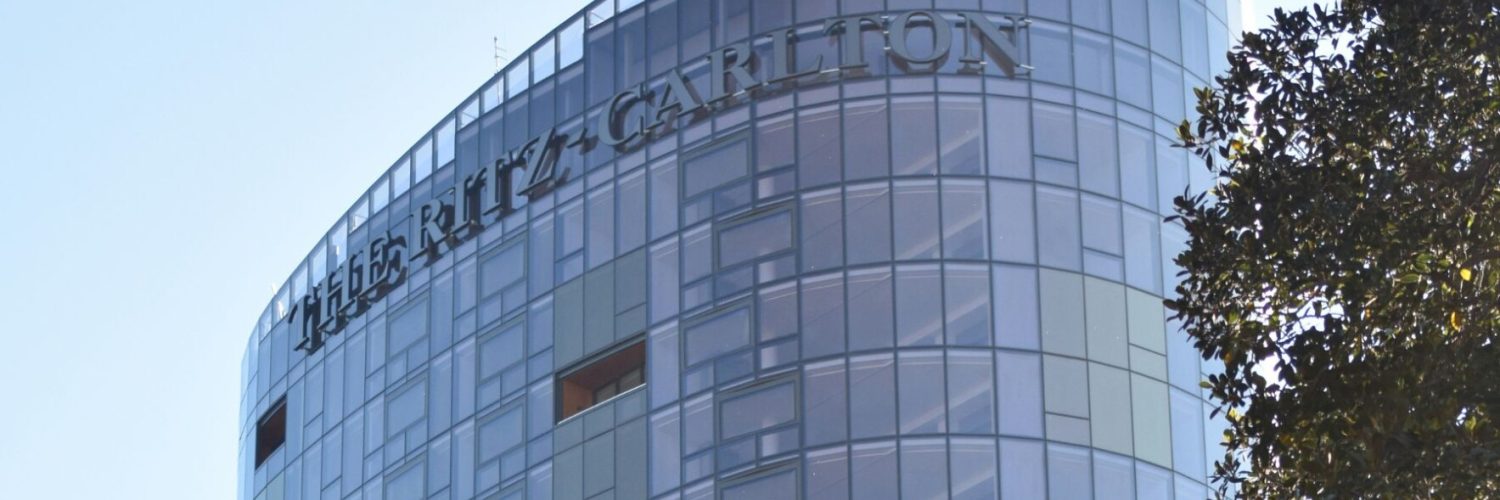Marriott Asia-Pacific boss Rajeev Menon says the hotel giant’s loyalty program has underpinned its success in Australia and will be a big driver of business to new hotels such as the 285-room Adelaide Marriott, which is set to open in August.
“Seventy per cent of our occupancy in Australia is coming from our Marriott Bonvoy customers,” Mr Menon told The Australian Financial Review.
“When you open a hotel in Adelaide, you can be reasonably confident [of its success] because of our loyalty program members.”
Since amalgamating its Marriott Rewards, Starwood Preferred Guest and The Ritz-Carlton Reward programs in 2019 – following the merger in 2016 of Marriott and Starwood – into one loyalty program called Marriott Bonvoy, membership has soared to more than 4 million in Australia, about 24 million in the Asia Pacific region and more than 200 million members worldwide.
Not only do Marriott loyalty members fill one in two rooms in its hotels (given average occupancy rates are above 70 per cent), but it means the accommodation giant is less reliant on online travel agents and their hefty commission fees, given loyalty members book directly.
Being able to market its rooms to a huge database of repeat customers alongside the overall strength of the local tourism sector meant its Australian business was doing “really well”, Mr Menon said.
“Overall occupancy across our portfolio is in the mid to high 70s after the first quarter of 2024, and we expect that is where we will close for the full year.”
First-quarter revPAR was up 8 per cent in Australia, he said.
The strong performance of Marriott’s Australian portfolio mirrored that of the hotel giant’s Asia-Pacific portfolio, which Mr Menon leads, and which opened its 600th hotel last year. Another 75 hotels will be opened in the region this year.
The Asia-Pacific region, which includes Australia but excludes China, was Marriott’s standout international market, according to the company’s March quarter earnings update.
The region delivered revenue per available room (revPAR, the key industry metric) growth of 17 per cent compared with 11 per cent growth in other international markets.
Occupancy across Marriott’s Asia Pacific hotels rose 5.5 percentage points to 72 per cent over the quarter (year-on-year) – the highest of any international market – and the average daily rate increased by a leading 7.2 per cent to $172.
“There are a number of factors at play in the performance of the Asia-Pacific region,” Mr Menon said.
“Sixty per cent of the world’s population lives in the region. There’s plenty of economic growth and investment in markets like Vietnam, the Philippines and Indonesia. India, where we have just opened our 150th hotel is a huge driver of wealth creation,” he said.
Among these markets, Australia is a key player, not only because of its booming tourism sector, but because it is an “incredible outbound travel market”, Mr Menon said.
Confidence in the region is driving Marriott to continue to open new hotels in Australia, in partnership with developers such as Greaton, which is building the $200 million Adelaide Marriott behind the city’s historic GPO Building on King William Street.
“It’s a stunning hotel and will be an iconic destination in the city,” Mr Menon predicted.
The Adelaide hotel bookends a wave of luxury hotels that Marriott has opened in Australia over the past five years as it looks to become the dominant luxury player in the country.
This wave started with the opening of The Ritz-Carlton in Perth in 2019 and reached fever pitch last year with the openings of the Le Meridien and Ritz-Carlton hotels in Melbourne and W Sydney at Darling Harbour.
“Last year, 65 per cent of the pipeline of luxury and premium hotel openings were Marriott hotels,” Mr Menon said.
The success is spurring Marriott’s next wave of hotel openings, which include the Moxy Sydney Pitt Street, due to open in 2026, and three big luxury launches in 2027: The Westin Adelaide, The Ritz-Carlton, Gold Coast and The St Regis Gold Coast.
This article was originally published by the Australian Financial Review on 7th May 2024. View original.
Photo by Mikolaj Felinski on Unsplash.
